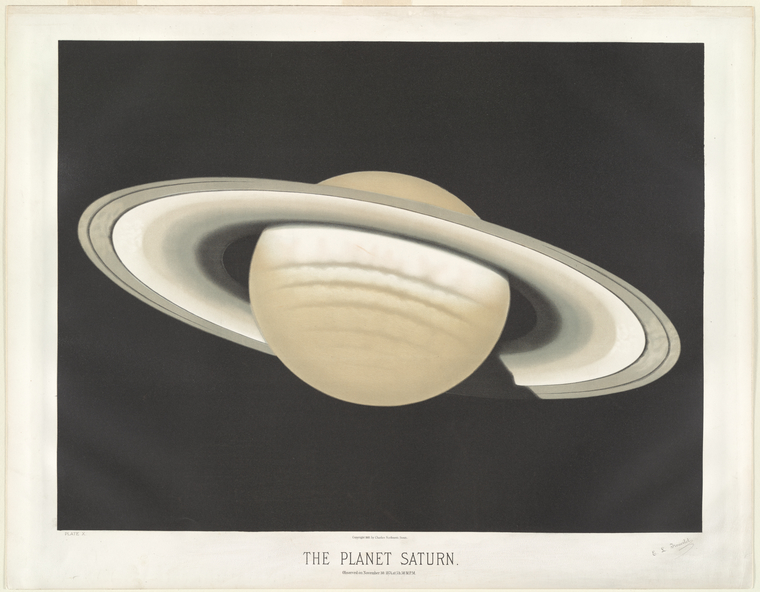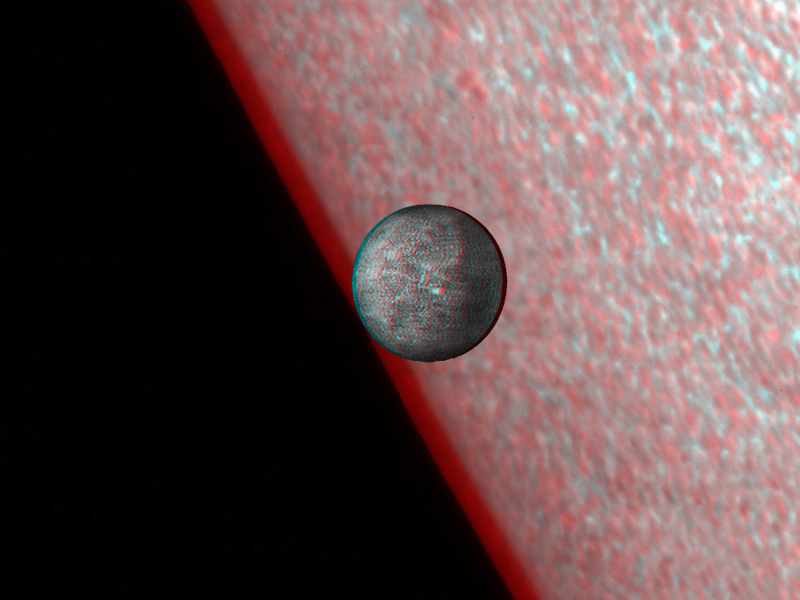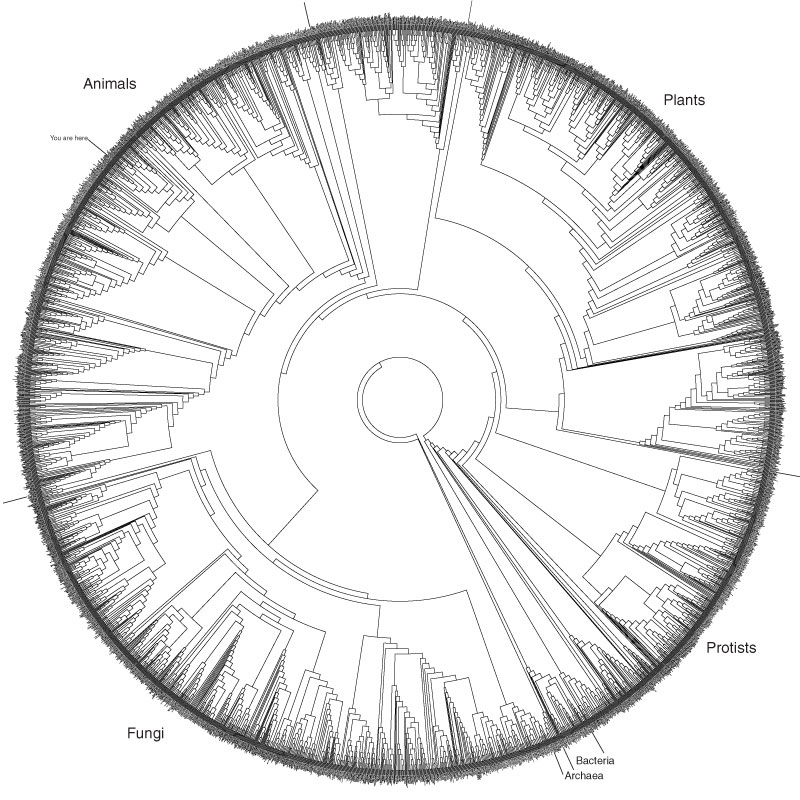
You may remember the Genesis mission as the one that crashed in the Utah desert a few years ago. Its mission was to study the solar wind by collecting samples of particles trapped in “concentrator targets.” The craft’s hard landing (a parachute didn’t deploy properly) threatened to compromise the mission goals, but in fact, curators claimed that many of their science objectives were attainable.
But it took a lot of elbow grease, which is perhaps why so many pictures to come from the mission show people working with samples—cf. the above image. The subtext is, “We’re working on it!” Or perhaps, “Science is hard!” But the science itself gets shortchanged.
Thus, when you read the press release about the new findings (inexplicably released three full days after the research article in Science magazine), you get no references to the animations and illustrations that have been created to support the Genesis mission educational goals. I find this rather puzzling.
The science results, BTW, are interesting. By studying isotopes of neon and comparing Genesis measurements to lunar samples, scientists have ruled out long-term variability of solar wind fluxes, as had once been proposed. Reassurance about the stability of the Sun—pleasant and comforting knowledge, I’d say.
(Having referenced the Wikipedia solar wind article above, I just have to note that it has a bizarre collection of images on it. For example, the topmost image, aside from being non-intuitive as an introductory thought, could do with a label on, say, the Sun. Without question, it requires a better, more descriptive caption, and I know, because it’s Wikipedia I should just write one, but first, I need to complain. To add insult to injury, “This is a featured picture, which means that members of the community have identified it as one of the finest images on the English Wikipedia, adding significantly to its accompanying article.” Um, yikes! This strikes me as an example of people who understand the image admiring it for its content without thinking about how others might interpret it.)









